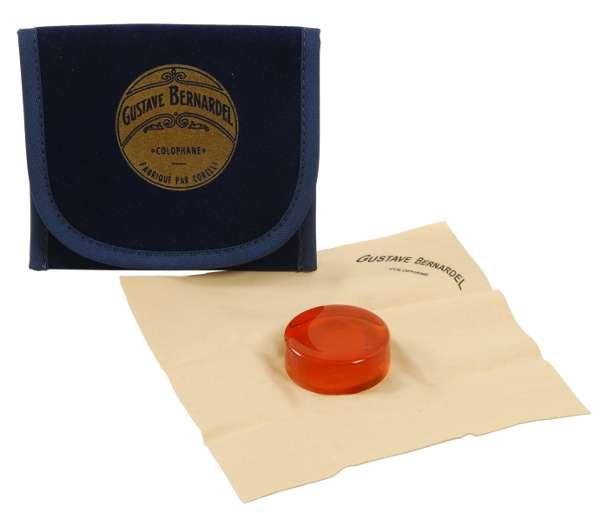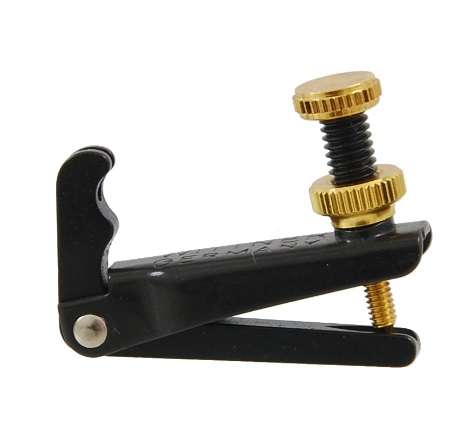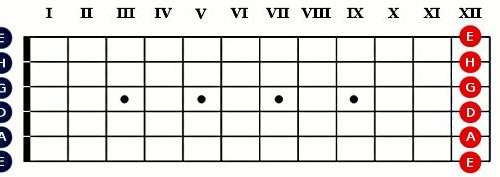
Additional accessories for string instruments
In addition to the traditional suit necessary to play, string instruments also require an additional accessory. Some of them are designed to increase comfort, diversify the sound of the instrument or serve its maintenance. However, among them there are indispensable elements that we will not be able to do without.
Necessary accessories In this group, the stand should be mentioned right after the suit. It is a wooden bridge placed between the tailpiece and fingerboard that supports the strings and transmits vibrations to the body. Its quality and setting have a huge impact on the final sound of the instrument, and the appropriate shape and height allow for efficient operation of the bow between the strings, especially in two notes and chords. The coasters should not be too thick and chunky as it blocks the strings and slows down their vibrations. From time to time its condition should be checked – especially after installing new strings, because the wood from which it is cut (e.g. maple) is soft and may deform under the influence of string tension. When our fingers ache while playing and we are unable to press the string against the neck, it may mean that the sockets are too high. Its edge should form an arc so that it does not catch on the other string when playing on one string. If the stands you buy do not meet these conditions, ask a luthier to fit it and set it up.
Rosin – an element necessary for the proper operation of the bow. With time, the horsehair on the bow tucks and glides over the strings. In order to extend its life and obtain good contact between the bow and the string, rosin is used. The bristles are smeared with rosin, even when it is new, to give it adequate adhesion. The rosin is the resin left over after the turpentine has been separated from the natural wood resin. Among the different types, choose a rosin that does not dusty too much and will not leave a sticky residue on the instrument. From the models available on the market, you can recommend Andrea, Pirastro, Larsen or Kolstein rosins. However, the final choice is individual. Remember to protect it from falling, because it is a very fragile material. Also, keep it away from heat and protect it from dirt and dust.

Fine tuners – theoretically, this is not an essential element, but almost 100% of musicians use at least one fine tuner on their instrument. For the sake of the vitality of the thinnest strings and the stand, do not tune all the strings with pegs. A micro-tuning, necessary for cellos, for example, will definitely make tuning easier – an activity that we repeat several times a day. The screws are mounted on the tailpiece, put in them the ball with the string at the end. They are usually made of nickel, available in various colors: silver, gold or black, depending on the musician’s preferences. The golden screws go well with the boxwood stringers, and the black ones with the ebony ones. Remember that after a long time of tuning with just the screw, it may turn out that we screwed it in completely. You should then unscrew it completely and tune the string with a pin.

Additional accessories Among the additional accessories for string instruments there are also silencers. They are used not only for discreet practice, like metal hotel mufflers, which virtually completely suppress the sound, but also for obtaining the specific timbre of the instrument, often used in various pieces. In the notes, playing with a fader is called con sordino. In addition to metal, classic rubber and wooden silencers are available, round or in the form of a comb, depending on the needs. The sound with a wooden muffler is a bit harder than with a rubber one. As a rule, orchestral playing uses rubber silencers.
Humidifier – The humidifier is a rubber tube with holes and a sponge inside, which is placed inside the instrument to prevent it from drying out. It is used especially in winter because the air in the rooms is extremely dry during the heating period. As a result of drying, the instrument may fall apart, which will cause unnecessary noise and murmurs in the sound, and may even lead to the deformation of the instrument plate, so it is worth taking care of its proper moistening. Some cases are equipped with a hygrometer that measures the air humidity. Its optimal amount is in the range of 45-60%. How do I use a humidifier correctly? Hold it under water for about 15 seconds, then squeeze out any excess. Make sure that the tube is not wet and that the water is not dripping, then insert it into the instrument panel.

Maintenance Fluids – Music stores offer a wide selection of specialized fluids for cleaning, polishing, and string care. These are the only things that should be used for maintenance. In the case of strings, we can also use ordinary spirit, but you need to be extremely careful – even half a drop of spirit can cause huge damage in contact with the instrument. Therefore, when cleaning the strings with liquids containing alcohol, it is best to put a cloth or other protective material under them to avoid discoloration of the wood and damage to the varnish. Liquids can be very helpful in the daily care of the box, but what is too much is unhealthy – at least once a year you should have the instrument cleaned for a specialist violin maker. Excess fluid will leave a deposit to which the rosin will stick, so be careful when using such agents. There are milks, gels or lotions based on oils on the market. We should also remember to use the appropriate material for their application – microfiber or flannel cloths that will not scratch the varnish. Peg pastes – this is a very useful and efficient article that will facilitate the assembly of strings and everyday tuning. All it takes is a thin layer of paste and you can quickly deal with dowel drops or jamming. Such pastes are produced by Pitastro or Hill.
Summation As you can see, the list of accessories that we can equip our work tool with is really long. After purchasing an instrument, your budget may not allow you to buy everything at once. So, first of all, you should equip yourself with the necessary elements, such as rosin or micro-tuners, and with time choose items for maintenance or adding variety to the sound. The most important thing is to simply take care of the instrument – wipe it with a dry cloth after each playing and store it in a safe place, away from a radiator or excessive moisture. When we do not have dowel paste with us, we can use wax or chalk, but specialized equipment is definitely safer to use.





